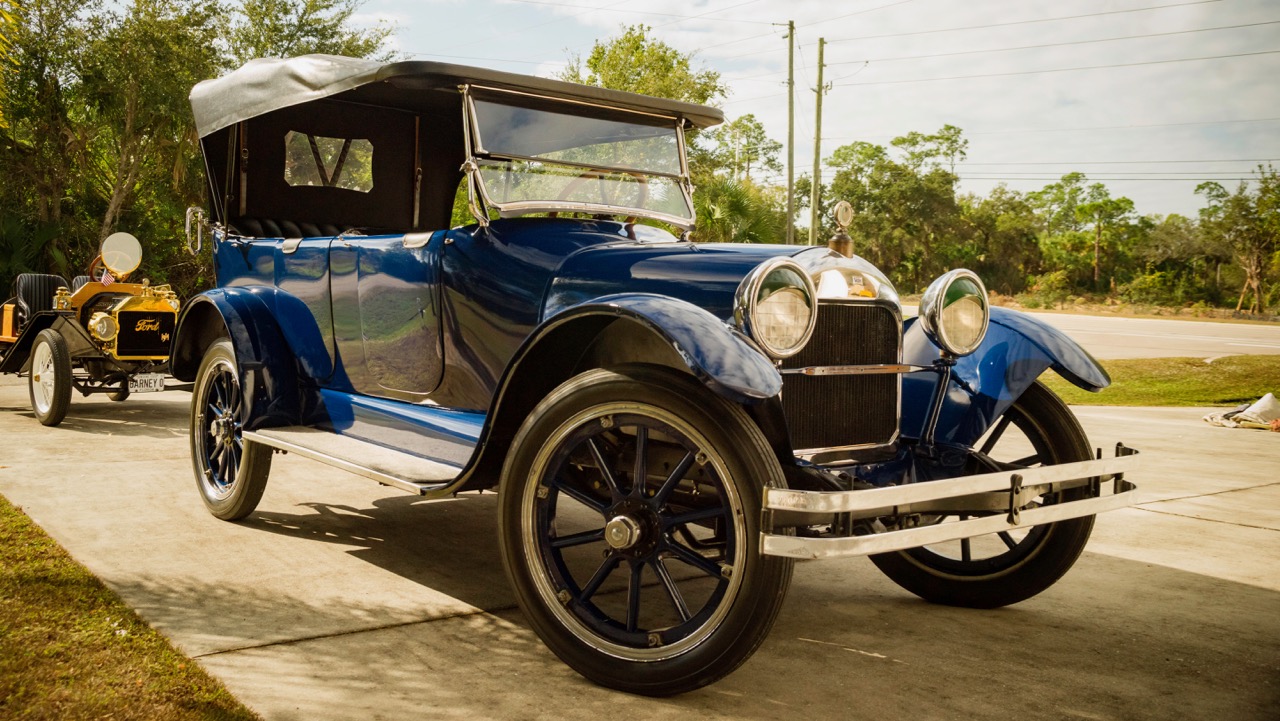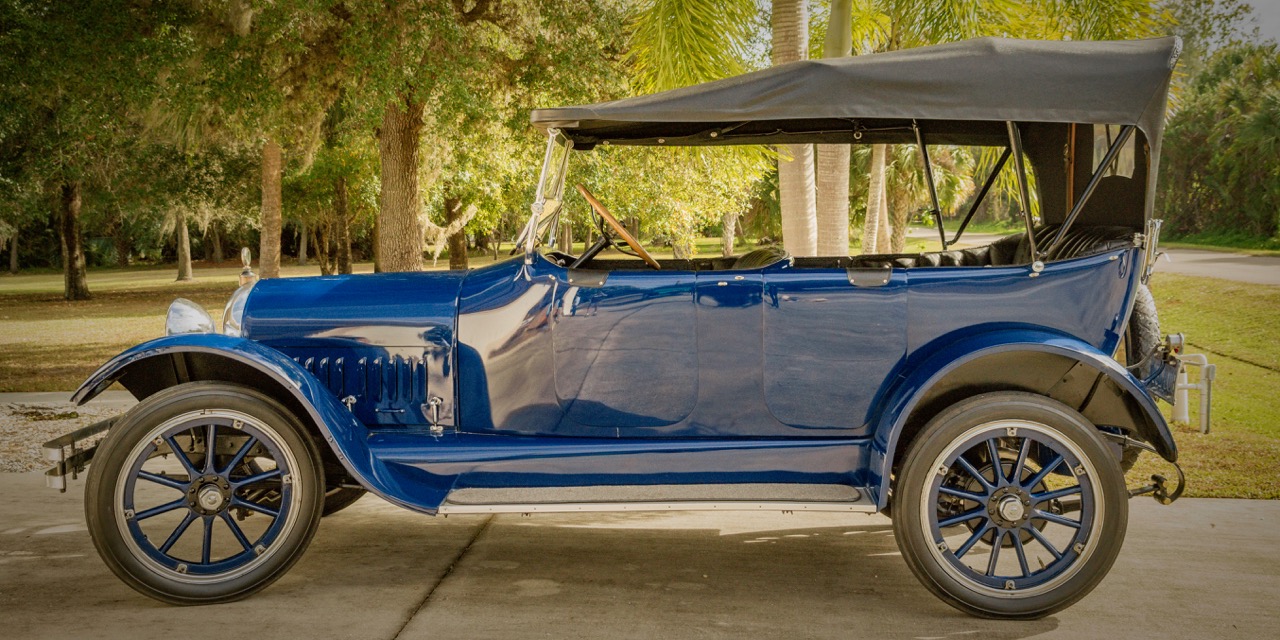
Today we know John Deere for its green-and-yellow farm tractors, but more than a century ago, the company from Moline, which forms a quarter of the Quad Cities on either side of the Mississippi River, also was in the motorcar business.
Facing bankruptcy in Vermont, blacksmith John Deere moved in 1804 to Illinois and began making tools. In 1837, he turned a steel saw blade into a plow that could strip itself of the rich soil of the Midwest and the rest, as they say, is history.

Deere’s son, Charles, and son-in-law, Stephen Veile, would become major stockholders in what in 1868 became Deere & Company.
Deere didn’t produce motorized tractors until 1912, but in 1906-07 the company underwrote W.E. Clark’s efforts to produce new touring and limousine-style motorcars, at first under the Deere-Clark brand and then simply as Deere. This was Clark’s second automotive venture; in 1903 he produced the Blackhawk, a runabout of which he produced around 50 examples.
Deere-Clark would build around 200 cars, in 1907 introducing a new Gentlemen’s Roadster model. But by the end of 1907, Deere & Company withdrew from the effort to concentrate on its core farm-implement business.
Which brings us to Willard Lamb Velie and the 1917 Velie Bitwel Six being offered for sale March 17-18 at Punta Gorda, Florida, by the Premier Auction Group.
In 1860, Velie’s future father, Stephen, married Emma, one of John Deere’s six daughters. Willard Lamb was the youngest of the Velies’ sons and was one of three who went to work for their grandfather’s company. But in 1902 Willard Lamb left the family firm to start his own carriage-making business, which soon became the largest of its kind in the Midwest, producing around 25,000 a year, sales certainly helped by the fact that they were sold by John Deere dealers.

In the summer of 1908, Velie announce plans to build 1,000 motorcars by the end of 1909. Propulsion would come from 30/35-horsepower four-cylinder engines produced in Connecticut by the American & British Manufacturing Company.
By 1912, the company was producing five different models. Two years later it offered a six-cylinder Continental engine in its vehicles.
Like Velie’s carriages, the cars were sold through established Deere dealerships and were quite popular, so popular in one part of Louisiana that a community north of Shreveport named itself Velie.
Though producing no more than 7,800 cars in any year, Velie’s were considered competitive with Buicks and Chryslers of the era. Helping Velie’s reputation was its victory one year in the Pikes Peak Hill Climb, beating the likes of Marmon, Essex, Packard and Chevrolet in the race to the clouds.
Willard Lamb Velie became ill and died unexpectedly in the fall of 1928. His son, Willard Jr., succeeded him, but he also died in the spring of 1929, and the company’s assembly plant was absorbed into Deere & Company.












VELIE AUTOMOBILES / MOLINE, ILLINOIS ; Also manufactured aircraft. A few remain with collectors.